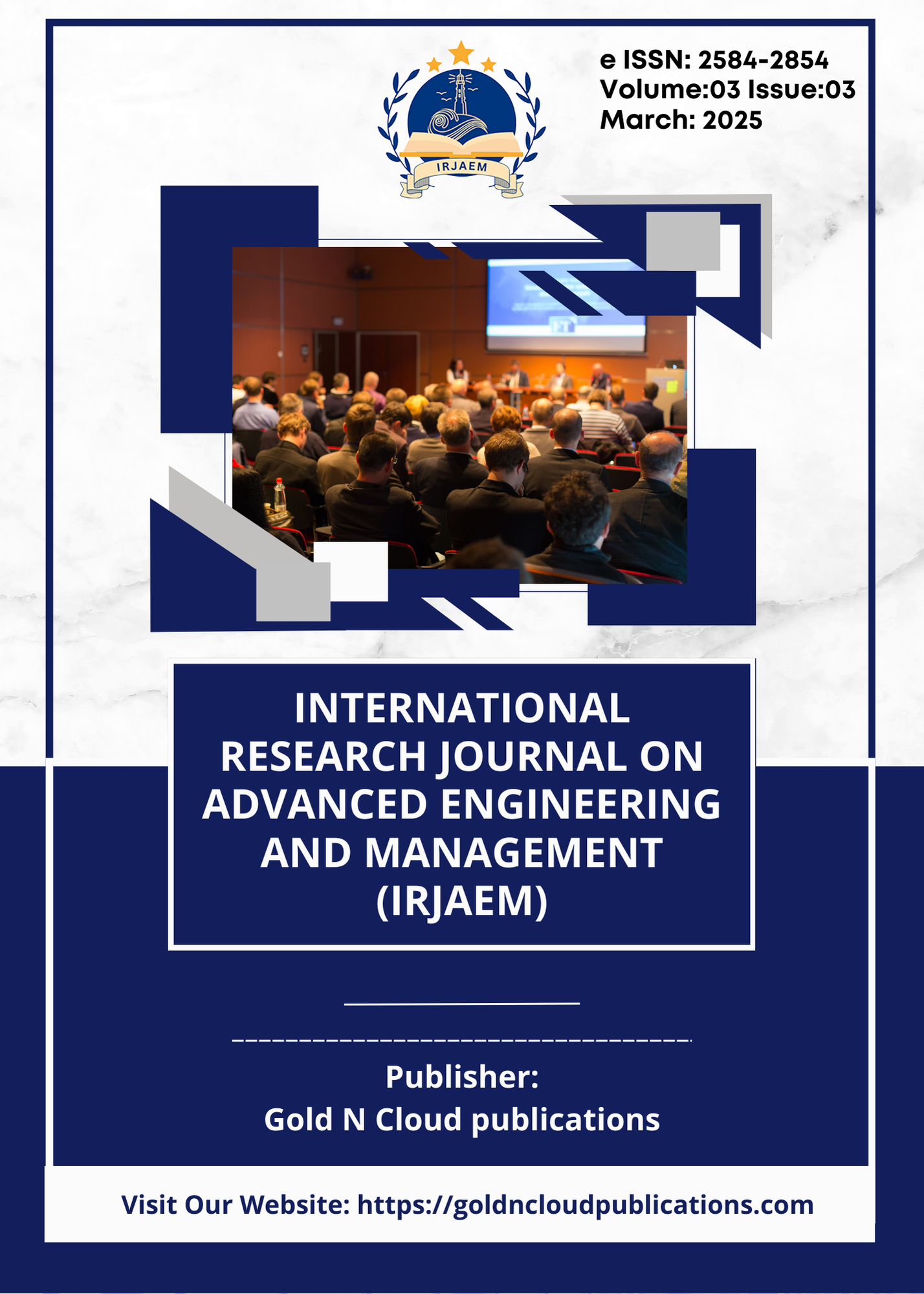Hazards Identification and Risk Assessment in Textile Industry
DOI:
https://doi.org/10.47392/IRJAEM.2025.0164Keywords:
Mitigation strategies, Environmental pollution, Occupational health and safety (OHS), Hazard identification, Risk assessment, Textile industryAbstract
Hazards and environmental risks due to the complex processes involved, such as spinning, weaving, dyeing, and finishing. This paper presents a comprehensive risk assessment and hazards identification analysis aimed at identifying potential risks, their sources, and the possible impact on workers, equipment, and the environment within textile manufacturing facilities. The hazards in the textile industry include physical risks such as machinery accidents, ergonomic strains, and noise exposure; chemical risks due to the use of dyes, solvents, and other hazardous substances; and biological risks from mold or microbial contamination. In addition, fire hazards, electrical risks, and environmental pollution caused by wastewater and air emissions are critical concerns. The assessment employs qualitative and quantitative risk assessment methods to evaluate the likelihood and severity of identified hazards. A systematic approach is used to prioritize risks, followed by the development of mitigation strategies. These strategies encompass engineering controls, administrative measures, personal protective equipment (PPE), and regular safety training to improve occupational health and safety (OHS) standards. Furthermore, the study emphasizes the importance of regulatory compliance with national and international safety standards, such as those outlined by OSHA (Occupational Safety and Health Administration) and ISO (International Organization for Standardization), to ensure the safety of workers and minimize the environmental footprint of textile operations. This paper highlights the need for continuous monitoring and proactive risk management to foster a safe and sustainable textile industry, aligning with global trends towards responsible production and environmental stewardship.
Downloads
Downloads
Published
Issue
Section
License
Copyright (c) 2025 International Research Journal on Advanced Engineering and Management (IRJAEM)

This work is licensed under a Creative Commons Attribution-NonCommercial 4.0 International License.


 .
. 